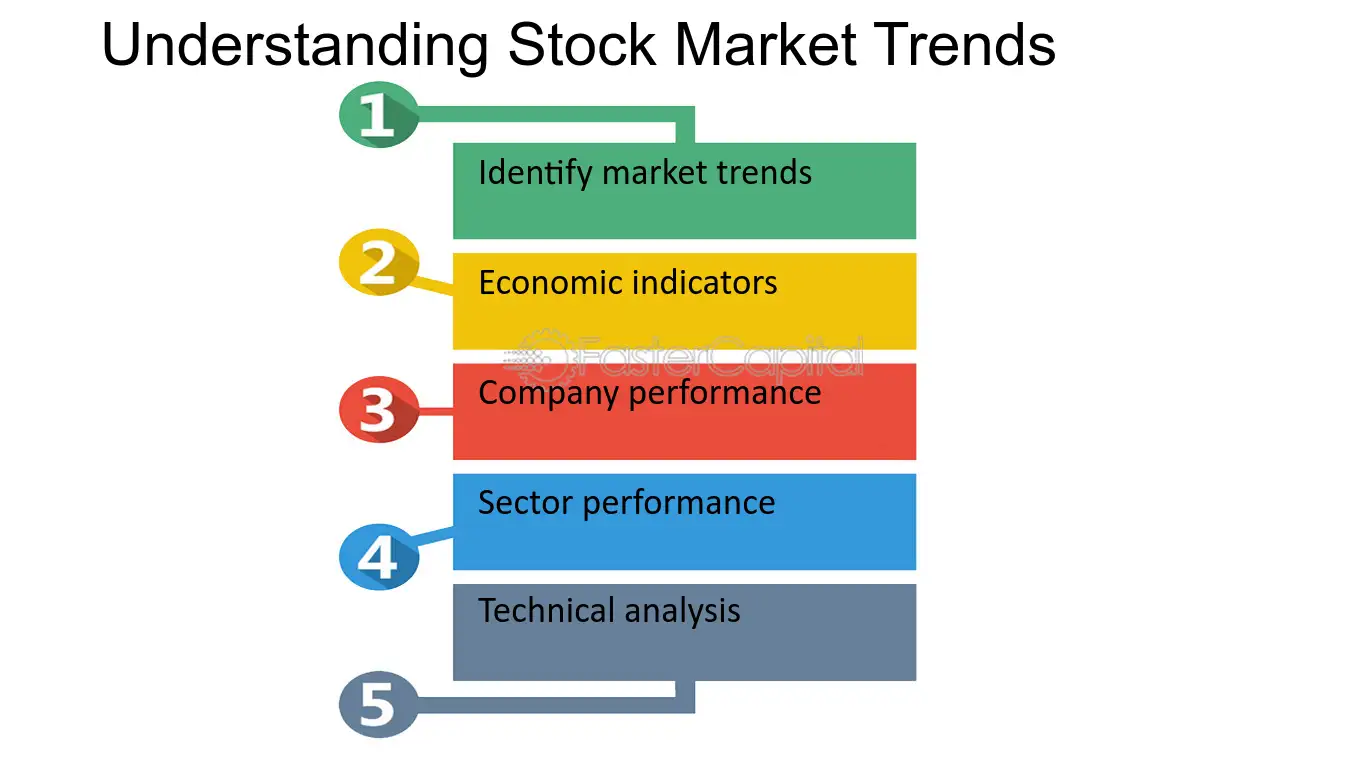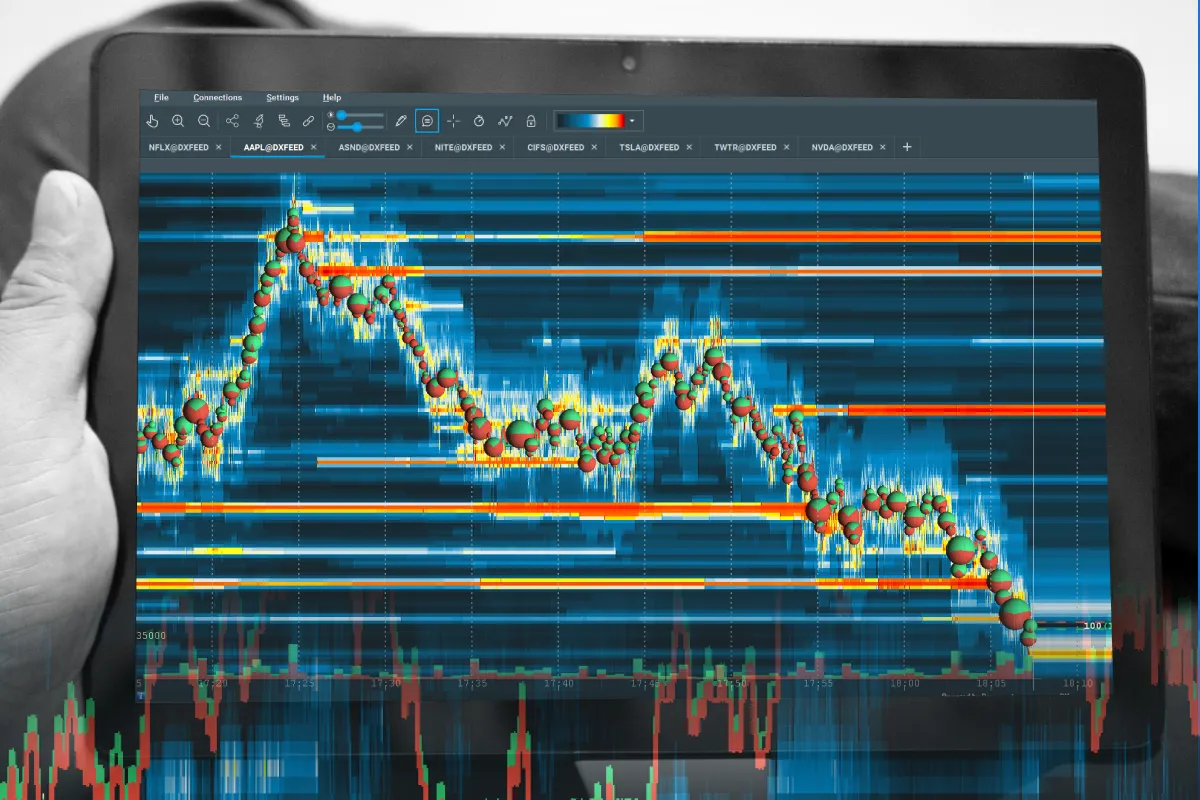Did you know that the average day trader spends about 6 hours a day glued to their screens? That's almost as long as a full-time job, but the rewards can be much sweeter! In this article, we dive deep into the essentials of analyzing stock performance for day trading. You’ll discover key indicators to monitor, techniques to evaluate stock volatility, and the best tools for analysis. We’ll break down how to interpret stock charts, the impact of news on performance, and the significance of moving averages. Avoid common pitfalls in your analysis and learn to identify trends and assess market sentiment effectively. Plus, we’ll cover the importance of volume and how earnings reports can sway stock prices. With insights into both fundamental and technical analysis, this guide from DayTradingBusiness will help you refine your strategies and stay updated throughout the trading day.
What key indicators should I analyze for day trading stocks?
Key indicators to analyze for day trading stocks include:
1. Volume: High trading volume indicates strong interest and can signal potential price movements.
2. Price Action: Look for patterns in price movement, such as support and resistance levels.
3. Moving Averages: Use short-term moving averages (like the 5-day and 20-day) to identify trends.
4. Relative Strength Index (RSI): This momentum oscillator helps determine overbought or oversold conditions.
5. Bollinger Bands: These can indicate volatility and potential price reversals.
6. MACD (Moving Average Convergence Divergence): Useful for spotting changes in momentum and trend direction.
7. News Catalysts: Monitor news releases and earnings reports that can impact stock price.
Focus on these indicators to make informed trading decisions.
How can I evaluate stock volatility for day trading?
To evaluate stock volatility for day trading, start by checking the stock’s beta value; a beta above 1 indicates higher volatility compared to the market. Use technical indicators like the Average True Range (ATR) to measure price fluctuations over a specific period. Look at historical price charts to identify patterns and ranges. Monitor the stock's volume; higher volume often correlates with increased volatility. Finally, keep an eye on news and events that could impact price swings.
What are the best tools for analyzing stock performance?
The best tools for analyzing stock performance for day trading include:
1. TradingView: Offers advanced charting tools and social networking features.
2. Thinkorswim: A robust platform with real-time data and customizable charts.
3. TD Ameritrade: Provides comprehensive research tools and analytics.
4. Yahoo Finance: Good for quick performance metrics and news updates.
5. MarketSmith: Focuses on stock screening and technical analysis.
6. Finviz: Great for screening stocks based on various criteria.
7. StockCharts: Excellent for charting and technical indicators.
These tools help you track price movements, volume, and other key metrics essential for day trading.
How do I interpret stock charts for day trading?
To interpret stock charts for day trading, focus on these key elements:
1. Candlestick Patterns: Look for patterns like dojis, hammers, or engulfing candles to gauge market sentiment and potential reversals.
2. Volume: Pay attention to the volume bars. High volume confirms trends, while low volume may indicate a lack of conviction.
3. Support and Resistance: Identify horizontal lines where the stock frequently bounces (support) or reverses (resistance). These levels guide entry and exit points.
4. Technical Indicators: Use indicators like moving averages (MA), Relative Strength Index (RSI), and Bollinger Bands to assess momentum and potential reversals.
5. Trend Lines: Draw trend lines to visualize the stock's direction. Ascending lines indicate bullish trends, while descending lines suggest bearish trends.
6. Time Frames: Analyze different time frames (1-minute, 5-minute, 15-minute) to get a clearer view of price action and confirm signals.
7. Market News: Stay updated on news that can impact stock prices. Significant events can lead to volatility.
Combine these elements to make informed trading decisions throughout the day.
What role does news play in stock performance analysis?
News plays a critical role in stock performance analysis for day trading. It provides real-time information that can impact market sentiment and stock prices. Positive news, like strong earnings reports or favorable economic data, can drive stock prices up, while negative news, such as scandals or poor forecasts, can lead to declines. Traders analyze news for catalysts that may trigger price movements, allowing them to make informed buy or sell decisions quickly. Staying updated on news helps traders anticipate market reactions and capitalize on volatility.
How can I use moving averages in day trading analysis?
Use moving averages to identify trends and potential entry or exit points in day trading.
1. Short-Term Moving Averages: Utilize a 5 or 10-period moving average to gauge immediate price trends. If the price is above this average, it suggests a bullish trend; below indicates bearish.
2. Crossovers: Look for crossover signals. A buy signal occurs when a short-term moving average crosses above a longer-term average (like the 20-period). A sell signal happens when it crosses below.
3. Support and Resistance: Moving averages can act as dynamic support and resistance levels. Watch how the price reacts when it approaches these averages.
4. Volume Confirmation: Combine moving averages with volume analysis. Strong volume accompanying a crossover can confirm the strength of the signal.
5. Risk Management: Set stop-loss orders based on moving averages to protect your trades. If the price closes below a key moving average, consider exiting.
Incorporate these strategies into your day trading to improve your analysis and decision-making.
What are the common mistakes in stock performance analysis?
Common mistakes in stock performance analysis for day trading include:
1. Ignoring Volume: Focusing solely on price movement without considering trading volume can lead to misleading conclusions.
2. Overreliance on Technical Indicators: Using too many indicators can create confusion and lead to conflicting signals.
3. Neglecting Market News: Failing to account for news events or earnings reports can drastically affect stock performance and lead to poor trading decisions.
4. Emotional Trading: Allowing emotions to dictate trades instead of sticking to a strategy can result in losses.
5. Lack of a Trading Plan: Entering trades without a clear plan or exit strategy can lead to impulsive decisions.
6. Misjudging Risk: Not properly assessing risk-reward ratios can result in significant losses.
7. Ignoring Broader Market Trends: Disregarding overall market conditions can lead to misinterpretation of a stock's performance.
8. Inadequate Backtesting: Failing to backtest strategies can lead to reliance on unproven methods.
How can I identify trends in stock performance?

To identify trends in stock performance for day trading, follow these steps:
1. Use Technical Analysis: Look at price charts and apply indicators like moving averages, RSI, or MACD to spot trends.
2. Monitor Volume: Analyze trading volume alongside price movements; increasing volume often confirms a trend.
3. Set Timeframes: Focus on shorter timeframes (like 1-minute or 5-minute charts) to catch quick trends.
4. Follow News and Events: Keep an eye on market news, earnings reports, or economic data that can influence stock performance.
5. Scan for Patterns: Identify chart patterns (like head and shoulders or triangles) that indicate potential price movements.
6. Utilize Stock Screeners: Use stock screeners to filter stocks based on performance metrics and trend indicators.
By combining these methods, you can effectively identify and act on stock performance trends.
What timeframes are best for analyzing stocks in day trading?
For day trading, the best timeframes to analyze stocks are typically 1-minute, 5-minute, and 15-minute charts. The 1-minute chart provides quick entry and exit signals, while the 5-minute chart offers a balance between detail and overview. The 15-minute chart helps identify broader trends. Combining these timeframes can enhance decision-making and improve trading effectiveness.
How do I assess market sentiment for day trading stocks?

To assess market sentiment for day trading stocks, start by monitoring financial news and social media for trends and opinions. Use sentiment analysis tools to gauge public sentiment on specific stocks. Check stock price movements and volume; sharp price increases with high volume often indicate positive sentiment. Look at technical indicators like the Relative Strength Index (RSI) and moving averages to understand market momentum. Finally, observe pre-market trading activity to gauge investor mood before the market opens.
Learn about How to Find the Right Market for Day Trading
What is the significance of volume in stock analysis?
Volume in stock analysis is crucial for day trading because it indicates the number of shares traded over a specific period. High volume suggests strong investor interest, validating price movements and trends. It helps traders identify potential reversals or continuations; for instance, a price increase on high volume signals strong buying activity. Conversely, low volume during a price move can indicate weakness or lack of conviction. Understanding volume can enhance entry and exit strategies, making it a key factor in assessing stock performance.
## What Are the Best Stocks for Day Trading Today and How to Analyze Their Performance?
The best stocks for day trading today include high-volume stocks like Tesla (TSLA), Apple (AAPL), and Amazon (AMZN). Focus on stocks with volatility and liquidity to maximize potential profits. Always check current market trends for the latest opportunities.
Learn more about: Best Stocks for Day Trading Today
Learn about Best Stocks for Day Trading Today
How do earnings reports impact stock performance?
Earnings reports can significantly influence stock performance by affecting investor sentiment and market perception. Positive earnings surprises often lead to stock price increases, as they signal strong company performance and growth potential. Conversely, negative earnings results can trigger sell-offs, causing stock prices to drop. Day traders often capitalize on this volatility by buying stocks post-positive reports or shorting stocks after disappointing results, aiming for quick profits from price swings.
What strategies can improve my stock performance analysis?
To improve your stock performance analysis for day trading, focus on these strategies:
1. Technical Analysis: Use charts and indicators like moving averages, RSI, and MACD to identify trends and entry/exit points.
2. Volume Analysis: Monitor trading volume to gauge the strength of price movements; high volume can confirm trends.
3. News and Events: Stay updated on market news, earnings reports, and economic indicators that can impact stock prices.
4. Backtesting: Test your strategies using historical data to see how they would have performed.
5. Risk Management: Implement stop-loss orders and position sizing to minimize losses and protect gains.
6. Watchlists: Create a watchlist of stocks that meet your criteria for quick access and focused analysis.
7. Market Sentiment: Analyze social media and forums to gauge investor sentiment, which can influence stock performance.
8. Continuous Learning: Regularly educate yourself on market trends and trading strategies to adapt and improve your analysis.
Implement these strategies to enhance your stock performance analysis effectively.
How can I backtest my stock analysis methods?
To backtest your stock analysis methods, follow these steps:
1. Define Your Strategy: Clearly the rules of your trading strategy, including entry and exit points.
2. Gather Historical Data: Obtain historical stock price data for the stocks you want to analyze. Sources include Yahoo Finance, Google Finance, or specialized data providers.
3. Choose a Backtesting Tool: Use software like Excel, Python with libraries like Pandas, or dedicated platforms like TradingView or MetaTrader to run your backtest.
4. Implement Your Strategy: Input your strategy rules into the backtesting tool. This may involve coding your logic if using programming languages.
5. Run the Backtest: Execute the backtest over the historical data to simulate trades based on your strategy.
6. Analyze Results: Review key performance metrics like win rate, average return, maximum drawdown, and Sharpe ratio to assess effectiveness.
7. Refine Your Strategy: Adjust your method based on the results, and repeat the backtesting process to optimize performance.
By following these steps, you can effectively backtest your stock analysis methods for day trading.
What are the differences between fundamental and technical analysis in day trading?

Fundamental analysis focuses on a company's financial health and overall economic factors, such as earnings reports, revenue growth, and market conditions. It aims to determine a stock's intrinsic value.
Technical analysis, on the other hand, examines historical price movements and trading volume through charts and indicators. It helps traders identify patterns and trends to predict future price movements.
In day trading, fundamental analysis might be used for assessing long-term potential, while technical analysis is crucial for making quick, informed trades based on real-time data.
How can I stay updated on stock performance throughout the trading day?
To stay updated on stock performance throughout the trading day, use real-time stock market apps like Robinhood or E*TRADE. Set up alerts for price changes and news on platforms like Yahoo Finance or Google Finance. Follow financial news websites and social media accounts focused on day trading. Utilize stock screeners to filter top performers based on your criteria. Join trading forums or groups for live discussions and insights. Keep an eye on market indices and sector performance to gauge overall trends.
Learn about How to Stay Updated on Crypto Market News for Day Trading
Conclusion about Analyzing Stock Performance for Day Trading
In conclusion, effectively analyzing stock performance for day trading requires a keen understanding of various indicators, volatility assessments, and the right tools. Mastery of chart interpretation, awareness of market sentiment, and the strategic use of moving averages can significantly enhance your trading strategy. Avoiding common pitfalls and regularly backtesting your methods will also lead to better decision-making. Staying informed about earnings reports and news developments is crucial for adapting to market changes. For comprehensive insights and tailored strategies, rely on DayTradingBusiness to elevate your trading proficiency.
Sources:
- Enhancing daily stock trading with a novel fuzzy indicator ...
- Measuring speculation beyond day trading and bets on lottery-like ...
- The investment behavior and performance of various investor types ...
- A hybrid stock trading framework integrating technical analysis with ...
- The effects of overnight events on daytime trading sessions ...
- Artificial intelligence techniques in financial trading: A systematic ...